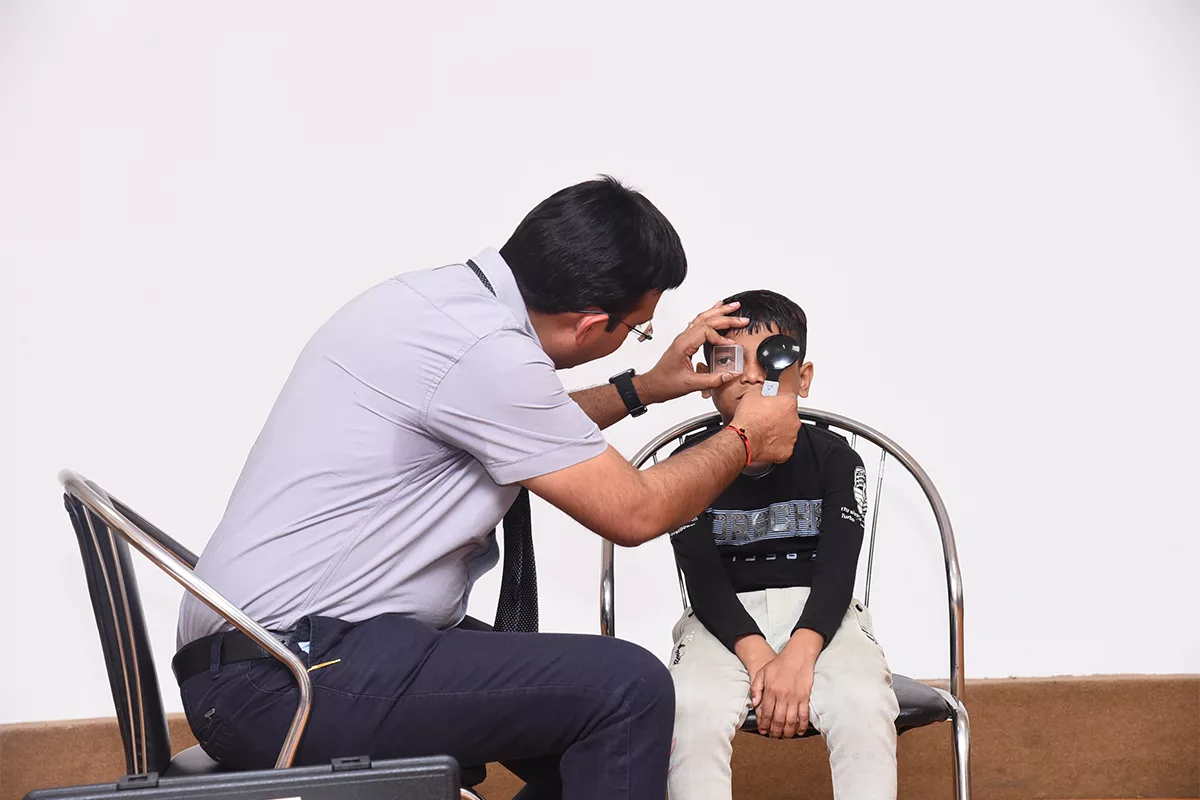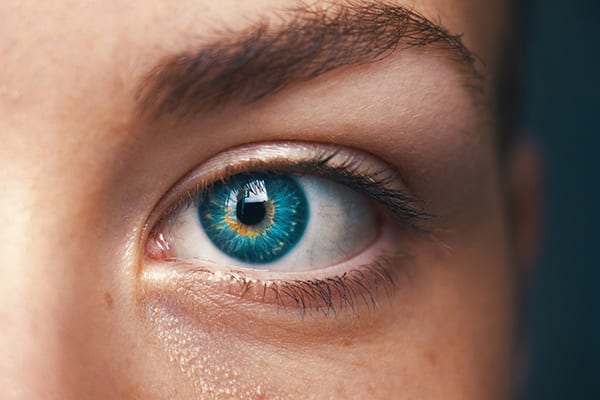Age-Related Macular Degeneration (AMD) is one of the most common causes of vision loss in people aged 60 and older.
Age-Related Macular Degeneration (AMD) affects the macula, a small, yet extremely important area in the retina responsible for seeing fine details clearly. When the macula is damaged, the center of our vision field may appear blurred, distorted, or dark which may interfere with everyday tasks such as reading, writing, driving or recognising faces.
AMD is classified as dry AMD or wet AMD. In dry AMD, due to wear and tear, there is slow damage to the normal tissue constituting the macula which then slowly wears out leaving an area of loss of visual function. All patients start out with dry AMD and 10% will progress to have wet AMD. In wet AMD, networks of weak new vessels grow under the retina, with a high risk of rupture or leakage of blood into the retina at any time, leading to sudden vision loss. Both conditions can be sight threatening in later stages.

Dr. Luisa Sastre, Specialist Ophthalmologist in Medical Retina and Cataract Surgery at Moorfields Eye added, “Age-Related Macular Degeneration progression can vary. However, when it is in the initial stages, vision-related symptoms may develop slowly. However, there are instances in which the progression of the disease is rapid, and loss of vision may be sudden. A good varied diet with lots of coloured vegetables and fruit as well as oily fish may down slow the progress of this disease. Smoking, including shisha has a very large impact in making the disease progress quicker.”
“AMD examinations always include measurement of visual acuity, visualisation of the retina with a slit lamp and an OCT scan. Other investigations are sometimes required.”
Wet AMD is treated with intra-vitreal injections of anti-VEGF drugs. When anti-VEGF drugs are injected into the eye on a regular basis, they can stop the abnormal blood vessels growing, leaking and bleeding under the retina. These injections have proven to be essential in stabilising and even improving sight in patients with wet AMD and everyday thousands of these injections are safely administered all over the world. In certain cases of wet AMD, a laser procedure called photodynamic therapy can also be helpful.
There is currently no cure for dry AMD, but dietary and lifestyle changes can slow down the disease progression. In those patients who do unfortunately experience vision loss, low vision aids can improve the central vision.












